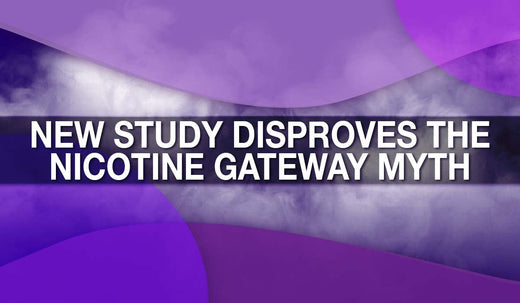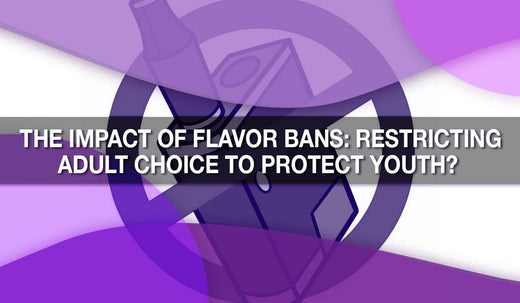
New Study Disproves the Nicotine Gateway Myth
A recent study has debunked the long-standing myth that nicotine alternatives, such as e-cigarettes and pouches, act as a gateway to cigarette smoking among young people. Contrary to fears propagated by anti-nicotine activists, the study reveals that smoking rates among U.S. high school students have plummeted over the past decade—even as vaping surged in popularity.

Examining Over a Decade of Data
The research, published in the Harm Reduction Journal, analyzed more than ten years of data from the U.S. National Youth Tobacco Survey (NYTS) and the National Health Interview Survey (NHIS). By combining this data, researchers assessed whether the rise of vaping among youth coincided with an increase in cigarette smoking or an overall rise in nicotine consumption. The findings were clear: vaping has displaced combustible cigarettes without creating a new generation of smokers.
Smoking Rates Decline Dramatically
The study highlights a significant decline in smoking among high school students, with rates dropping from 15.7% in 2011 to just 2% in 2022. Among young adults aged 18-20, smoking rates fell by 86% during the same period. Meanwhile, vaping prevalence surged, peaking at 22% among high school students in 2019 before stabilizing at around 10% in recent years. Exclusive vaping among emerging young adults reached 9.4% by 2022, but smoking rates in this group remained low and continued to decline.
The Truth About Dual Use and Nicotine Consumption
The study also addressed concerns about dual use (simultaneous smoking and vaping) among youth. While dual-use rates fluctuated, they peaked at just 5.7% in 2018 and fell to 1.5% by 2022. Additionally, overall nicotine product consumption, which had increased from 2014 to 2020 due to vaping, stabilized by 2022. Ultimately, nicotine use across all age groups dropped between 2011 and 2022, further dispelling fears of a "gateway effect."

Safer Alternatives Don’t Lead to Smoking
“Smoking among high schoolers has basically disappeared,” said Brad Rodu, one of the study’s authors. “The data show that vaping displaced smoking rather than encouraging it. If vaping were a gateway to cigarettes, we wouldn’t see such dramatic drops in smoking rates.”
The findings directly counter claims that products like e-cigarettes and nicotine pouches lure young people into smoking. Instead, these alternatives have proven to help prevent smoking initiation and reduce overall tobacco harm.
More People are Quitting Smoking
Another key finding of the study was the significant increase in quit ratios—the proportion of former smokers to ever-smokers—among emerging young adults. Quit ratios jumped from 15% in 2011 to 52% in 2022, reflecting the impact of harm reduction tools in supporting cessation efforts.

A Victory for Public Health
The study’s findings represent a major victory for public health advocates. By displacing combustible cigarettes, e-cigarettes and other nicotine alternatives have significantly reduced smoking rates among youth and young adults. As a result, the prevalence of smoking-related diseases is expected to decline sharply in the coming decades.
With the myth of the nicotine gateway effect dispelled, it’s time to focus on the bigger picture: leveraging harm reduction tools to achieve a smoke-free future. As smoking rates remain low and nicotine product use stabilizes, these safer alternatives are proving to be a crucial component in the fight against tobacco-related harm.









Leave a comment
This site is protected by hCaptcha and the hCaptcha Privacy Policy and Terms of Service apply.